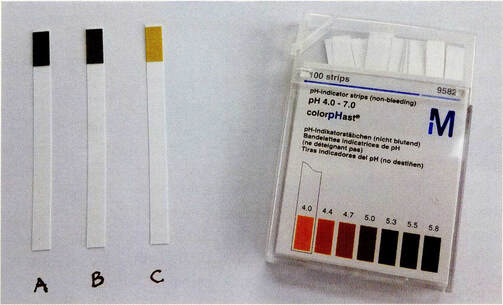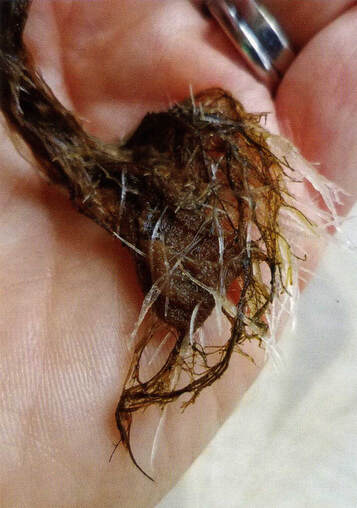Growing Healthy African Violets
|
|
By Terri Vicenzi Bloomington, Indiana
First published in the African Violet Society of America magazine As an experienced grower of African violets, Streptocarpus and other gesneriads, I have had the typical ups and downs that come with caring for a large plant collection. However, in the past couple of years, I have had a persistent problem of root rot with my African violets. The problem manifests itself in the mature outer leaves becoming slightly yellow, followed by the formation of a dark, soft spot where the petiole attaches to the leaf blade. Shortly thereafter, the entire leaf turns dark brown. The roots on my violets are plentiful, but their tan-to-brown coloration is another sign that all is not well. The plants otherwise appear healthy and bloom regularly, but after several months of this behavior, the plants eventually perish. This is clearly a slow and insidious case of root rot, but what was I doing wrong? I wick water, repot at least two to three times a year, and I use good sanitary practices during repotting and cleaning. I have tried everything — several different (and expensive) chemical fungicides, modifications in the amount of perlite in the soil mix, alternate wicking techniques, and more frequent repotting. Even with the tried-and-true crown resuscitation method championed by Joyce Stork, my restored plants would begin to succumb to the ravages of rot several months later.
The roots on my violets are plentiful, but their tan-to-brown coloration is another sign that all is not well. The plants otherwise appear healthy and bloom regularly, but after several months of this behavior, the plants eventually perish. This is clearly a slow and insidious case of root rot, but what was I doing wrong? I wick water, repot at least two to three times a year, and I use good sanitary practices during repotting and cleaning. I have tried everything — several different (and expensive) chemical fungicides, modifications in the amount of perlite in the soil mix, alternate wicking techniques, and more frequent repotting. Even with the tried-and-true crown resuscitation method championed by Joyce Stork, my restored plants would begin to succumb to the ravages of rot several months later.
|

